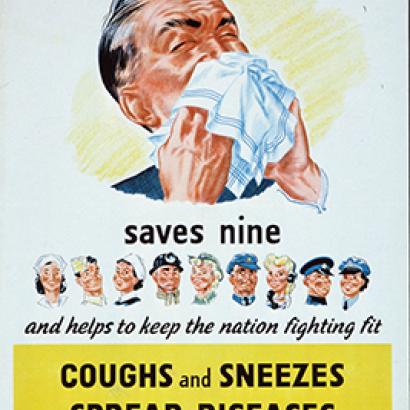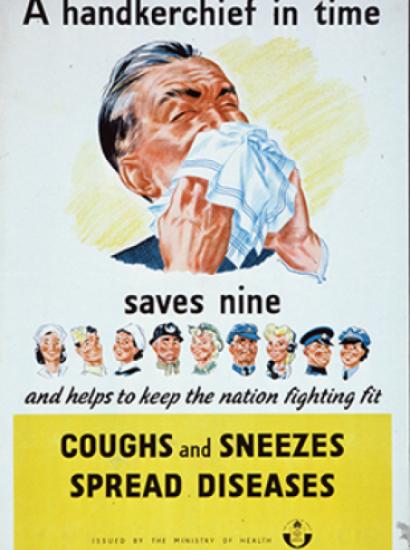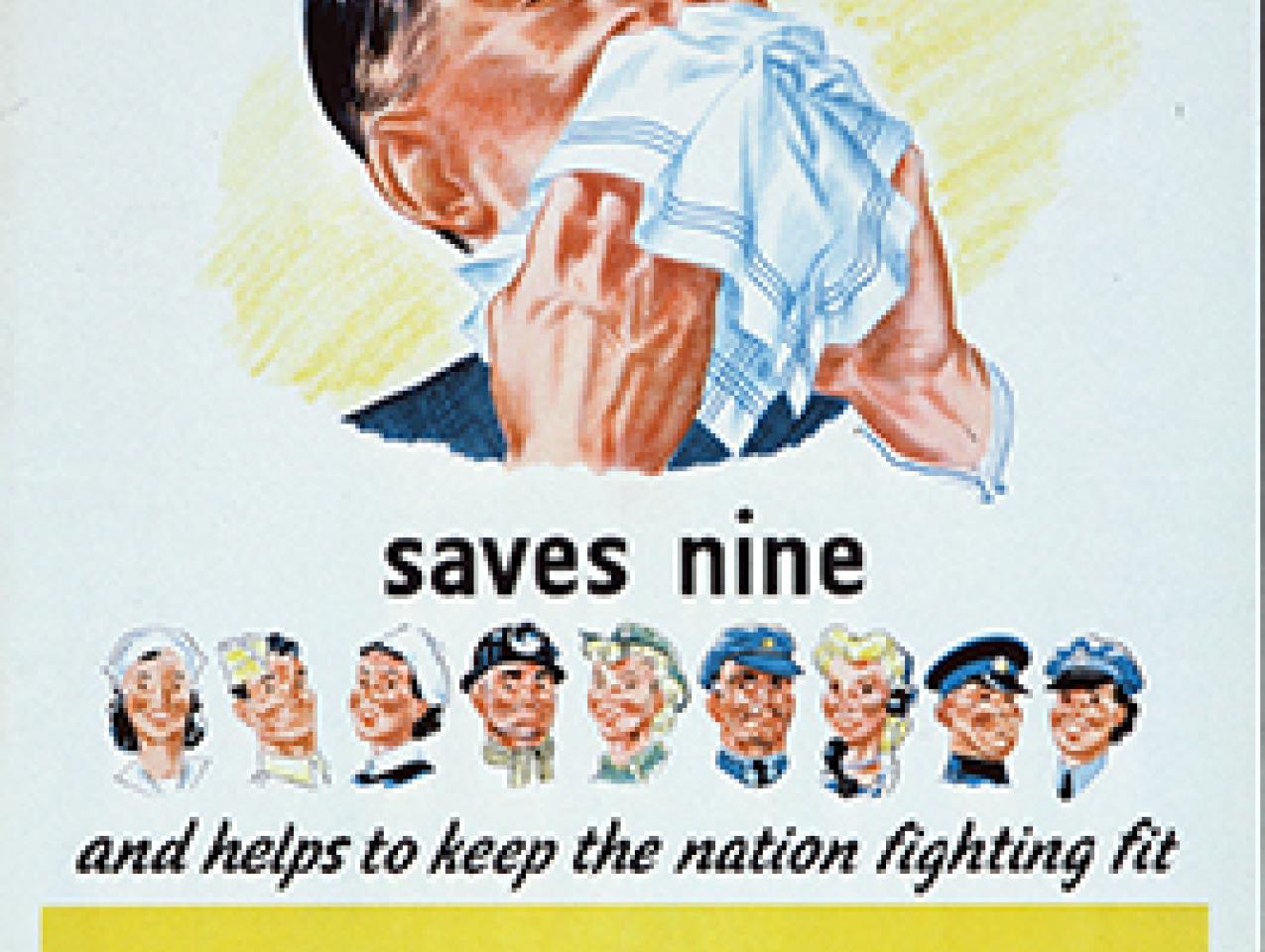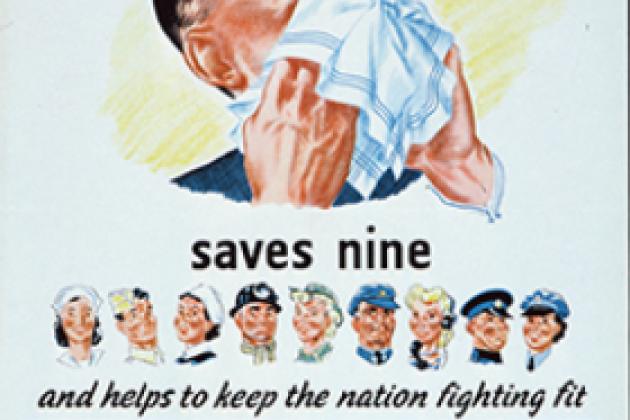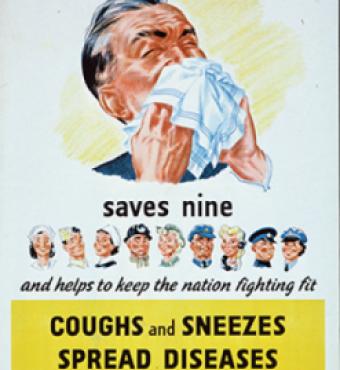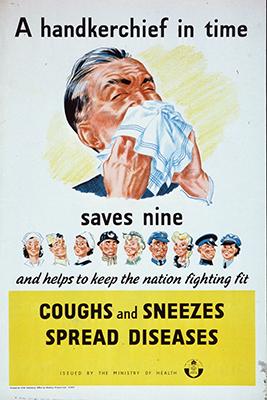- History
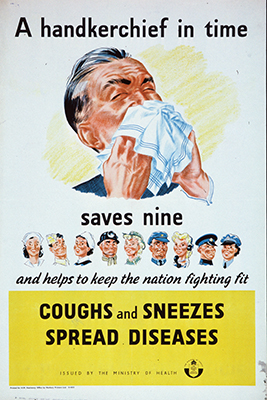
War and trade have been the great abettors of epidemic disease throughout history. Despite remarkable advances in public health practices, sanitation, medicine, and awareness over the past century and a half, the old patterns persist, if—for now—on a less-lethal scale. Just a decade ago, United Nations peacekeepers from Nepal carried cholera to Haiti. Thousands died. As you read this, a multi-sided conflict in eastern Congo and its vicinity challenges health workers struggling to fight Ebola.
As for present-day trade routes, direct flights from Wuhan, China, to North American and European cities delivered a new pathogen in record time. In the fourteenth century, it took a decade for the Black Death to advance from the river valleys of China along the Silk Road to Europe, where it arrived in Messina, Sicily, on an infected cargo ship from the Crimean khanate. The latest variant of the coronavirus reached America’s West Coast barely a month after local officials in Wuhan hushed up the initial cases (as the city fathers of San Francisco did in 1900 upon the arrival of bubonic plague on a ship engaged in the China trade; the result of the deceit was that rodents throughout the American West, from squirrels to prairie dogs, now harbor the bacterium, Yersinia Pestis, that once wiped out half of Europe).
In the Year of Our Lord 2020, the plague bells are only one nonstop flight away—sixteen hours from Wuhan to San Francisco.
Of course, we have a wondrous arsenal of drugs, laboratories, equipment, and procedures to contain and combat pathogens today, and the odds of a neo-medieval pandemic with mass mortality have been greatly reduced. But we also suffer from comforting amnesia, since the “right” combination of contagion and lethality hasn’t appeared since the Spanish Flu of 1918 (The First World War killed sixteen million human beings; the Great Influenza killed fifty million—and did it four times faster).
Nor do we much consider the potential spread of epidemic disease within and by armies any longer, despite the incidences noted above. Until the twentieth century, disease killed more soldiers than combat did, while armies on the march spread various plagues (trade and invasion routes often were identical). In our Civil War, more soldiers died of disease than in battle, victims of measles, typhoid, and above all, dysentery. Cholera rendered the Crimean War gruesome, bumbling, and graphically deadly. Page through history and the interplay of war and disease is ever-present and profound: Athens fatefully weakened by plague; Byzantium gutted; the Hundred Years’ War repeatedly upended by the Black Death’s visitations; Spanish conquerors spreading smallpox and other blights into the Western Hemisphere with near-genocidal effect—as mariners simultaneously imported syphilis from the Americas to Naples, from whence hireling armies spread the new and devastating disease throughout Europe, where it rampaged for four centuries (Montezuma’s true revenge). Plague marched in the armies of the Thirty Years’ War, deadlier than the armaments of the age; smallpox haunted the Redcoats on their agonized march to Yorktown; and typhus trailed Napoleon’s columns to Moscow, killing more soldiers than Cossacks ever did. The history of warfare mirrors the history of disease.
As does the history of commerce. Trade spread plagues, from the Black Death to cholera, with a pervasive reach that armies could not match: When it came to providing a macro-vector for epidemic disease, the merchant’s greed trumped the soldier’s ambition easily. There was always one more cargo to be gotten out of a plague-stricken port or one more order to be sent before the quarantine was imposed.
And so it is today. The “need” for one more parts shipment, or the profit to be had from breaking a quarantine, or just the reluctance to cancel flights, endanger us as armies on the march no longer do (at least, for the present).
The Wuhan virus does not appear to threaten a high-mortality pandemic with mass burials and societal collapse. But nature is always practicing for the next match. And when a virus next gets its formula right, we’ll help it with our avarice and fecklessness. History suggests that, as in Messina harbor in 1346, there one day will be another plague ship loaded with the dead and dying.
Let’s not be on the dock waving hello.
Ralph Peters is the author, most recently, of Darkness at Chancellorsville.







